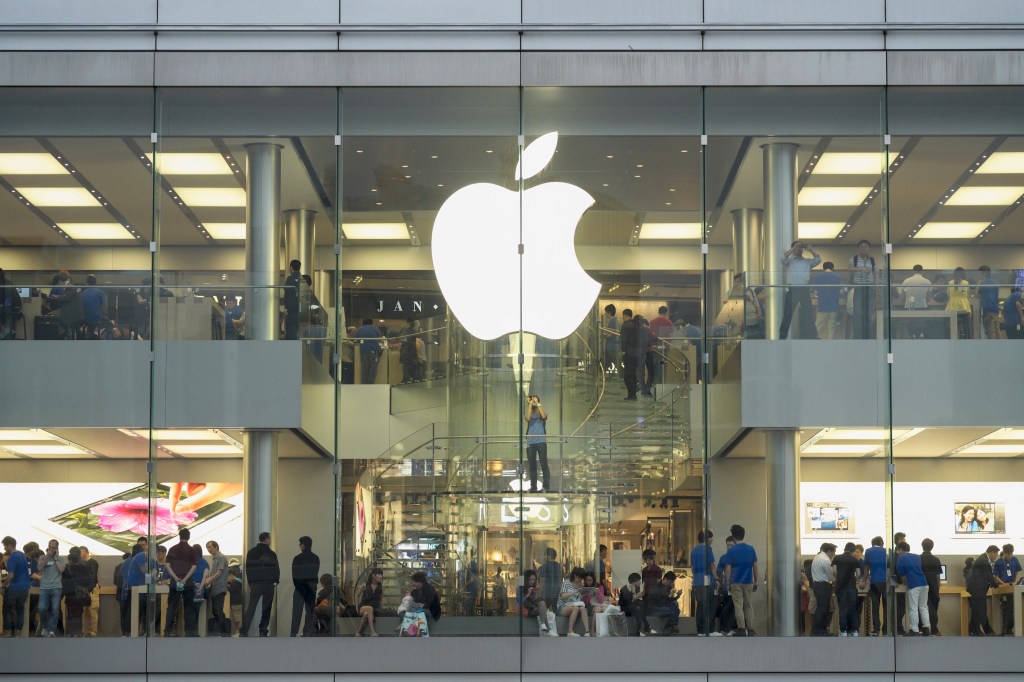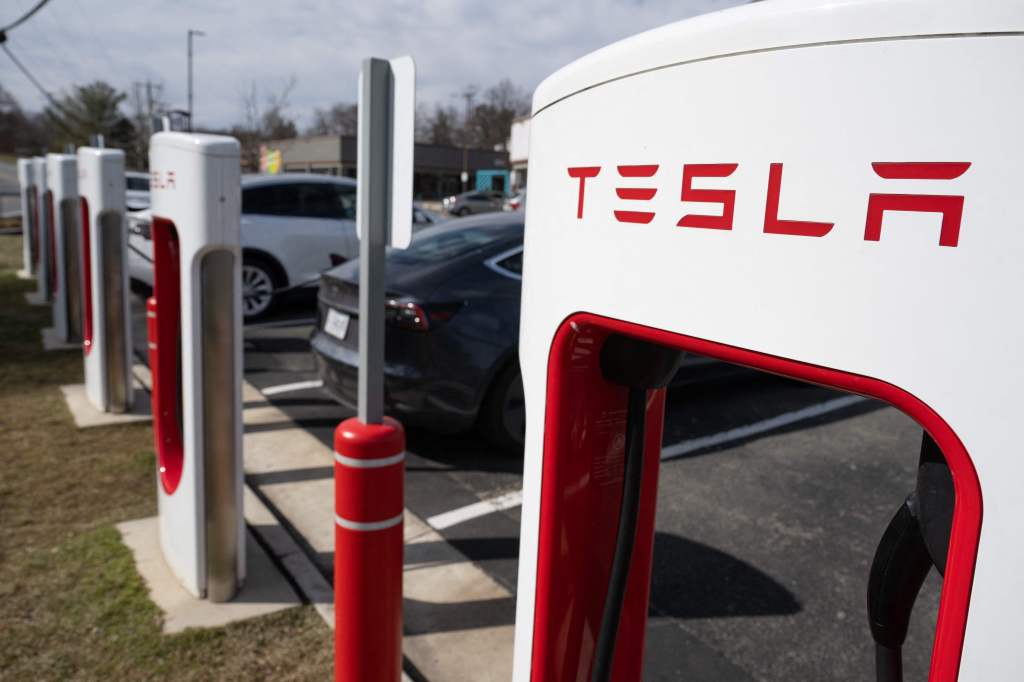By Vivek Menon, Director, Product Management, Cisco
Who would have ever thought that the very definition of “going to work” would change? Yet here we are, two years and one pandemic later, now living in what is being called the “era of hybrid work”. And as businesses gear up to bring people back to work, it’s becoming clear that they need digital technologies to make workplaces safer, smarter, more productive and purposeful. The good news is that the technology to do this is finally here.
Cisco’s latest offering, Smart Workspaces, harnesses the capability of Cisco’s indoor location cloud, the ubiquity of its access points and the latest advances in video conferencing to deliver an awesome hybrid workplace experience. Implementing Smart Workspaces is the strongest statement a workplace can make to emphasize its commitment toward the well-being, safety and experience of employees while they’re in the office. It also equips facilities, IT, HR, and executive teams with the tools and data they need to maximize real estate adoption and utilization.
Hybrid work becomes a great experience

The future of hybrid work is all about enhancing the employee experience. Imagine having gaming-style 3D rich maps for navigation at your workspace. Taking a leap in that direction, Smart Workspaces transforms CAD maps of your building into three-dimensional, rich maps, which become a canvas on which all other hybrid workplace use cases come to life.
Hybrid work becomes safer

Let’s take a look at the safety use case. Getting your temperature checked when you walk into any building has become a routine today. So why not normalize checking the health parameters of the space you are entering? In fact, a study by Cohesion in 2021 showed that 85 percent of employees would like to be informed about the quality of air in the building where they’re working. With Smart Workspaces, employees can view important metrics like air quality, occupancy and humidity in real time, thereby avoiding the risks associated with crowding. Facilities teams can not only monitor but also set thresholds for all these wellness parameters and receive alerts in case of a breach. Safety is not just improved, but with the ability to monitor and respond to incidents instantly, it’s also prioritized.
Hybrid work becomes smarter
Safety is not the only instance where real-time data comes in handy. It’s also helpful in optimizing space utilization. For instance, employees can spend a lot of time searching for available conference rooms, and when employees can’t find a room, they end up canceling meetings. At the same time, meeting rooms could also go unused or be underutilized.
Smart Workspaces eliminates both of these issues by putting real-time data at your fingertips. Allowing employees to monitor availability and book meeting rooms in advance saves time, eliminates delays and helps them plan their day better. IT and facilities teams can also identify underutilized rooms and either repurpose them or break them down into smaller spaces, depending on their needs.
Hybrid work becomes economical

If you thought all of these enhancements required an extensive budget and expensive deployment, think again. Let’s say you do a full deployment of Smart Workspaces with the recommended hardware. For a spend of just $1 per square foot per year on Smart Workspaces and Cisco hardware, you realize benefits of up to $9 per square foot per year with business outcomes such as space optimization and energy conservation – not to mention the benefits of increased productivity, efficiency and overall safety.
The technology behind Smart Workspaces

Cisco has a unique technology portfolio with a wide range of products that are likely already present in every nook of your workspace. Cisco DNA Spaces captures location insights and telemetry from these Cisco products deployed in your buildings, such as Catalyst Access Points and Switches, Meraki Access Points and Cameras, Webex Endpoints, and third-party wired and wireless IoT sensors. Smart Workspaces combines these insights with a location-aware rich map to enhance the employee experience, safety, productivity and space utilization.
With Smart Workspaces, several powerful Cisco technologies have joined hands to transform your workplace experience. And this is just the beginning. The future of the hybrid workplace is only going to look brighter from here.
Ready to experience the benefits of Smart Workspaces for yourself? Get a Free Trial
Follow us on LinkedIn and Twitter for our latest product updates.




























